Taiwan is a country that moves on rails. The entire railway network skirts around the circumference of the oblong island, and is about 1,700 km long in total. (In contrast, the current MRT network in Singapore, as of January 2019, has a length of about 200 km only.) The rail network has played an important role in Taiwan’s history, and continues to be the main mode of transport for many citizens.
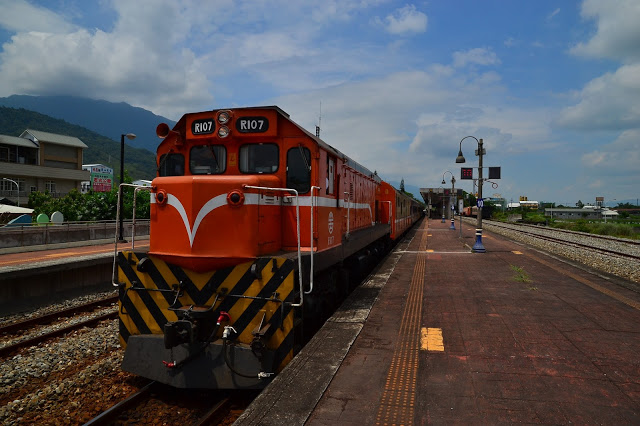
A brief history of trains
In 1887, Taiwan was designated by the Qing dynasty government as an independent province of China. Liu Mingchuan, a Qing court official, was appointed the first governor of Taiwan. He promptly commissioned Taiwan’s first railway; construction began right away in the very same year.
Four years later, in October 1891, the first rail line linking Keelung and Twatutia (a district in Taipei) opened. It was a 28.6 km railroad, a mere fraction of the eventual network that would span across Taiwan just 100 years later. The entire railway of 100 km was completed in 1893 and connected Keelung to Hsinchu.
Qing-dynasty rule of Taiwan did not last long, however. Control over Taiwan was ceded to the Empire of Japan in 1895 after the conclusion of First Sino-Japanese War. When the Japanese arrived on the island, they were dismayed at the poor quality of the railway. The Japanese government then established the Ministry of Taiwan Railway, which quickly began work by reconstructing the existing line, while also making an ambitious plan to build a railway connecting Takow (present-day Kaohsiung) to Keelung.
Work on the railways began immediately; in 1908, Takow residents could take a train, for the first time, to Keelung. The entire construction project cost over 7 million yen. Even after the completion of this monumental project, the Ministry continued to develop the rail infrastructure. It next turned its attention to the eastern coast of Taiwan, laying down tracks all the way to Taitung.
1945 marked the inauguration of modern Taiwan, Republic of China. The ROC government established the Taiwan Railways Administration (TRA) to take over the operations of the Japanese Ministry of Taiwan Railway, and the development and operation of Taiwanese rail continues to flourish to this day. One of the highlights of the modern Taiwan rail system is the construction of the Taiwan High Speed Rail, which opened in 2007.
Today, Taiwan’s rail system is so convenient and cost-efficient that it has become the main mode of transport for most people, whether inter- or intra-city (for the cities which have their own metro system). In fact, the high speed rail is so popular that it has caused the cessation of many domestic flights! In 2016, Taiwanese trains shuttled over 1.09 billion passengers, which works out to an average of about 3 million passengers per day.
A trippy train trip
Last December, I was one of those 3 million passengers. I spent my Christmas and New Year break in Taiwan, but, having been to the country before, I wanted to experience it from a different perspective. Thus, I decided to embark on a trip around the entire Taiwan, solely by train (but over the course of several days).
I’m not going to bore you with descriptions of the various people who have fallen asleep and drooled on my shoulder (and vice versa), or give you a detailed itinerary or account of every single stop I made. After all, the joy of train travel is its paradoxical combination of freedom and limitation: it lets you hop on and off at any stop you wish, while ensuring you’d never get lost because of its pre-planned route.
Instead, I’ll highlight some stops and surrounding sights I found attractive, nostalgic, inspiring, or just plain fun—none is a “must-see,” because, really, what I want to see is not necessarily what you want to see. But I found them interesting, and I hope that you will too; if not, that they will at least inspire you to take your own meandering train journey around Taiwan.
Taipei Train Station
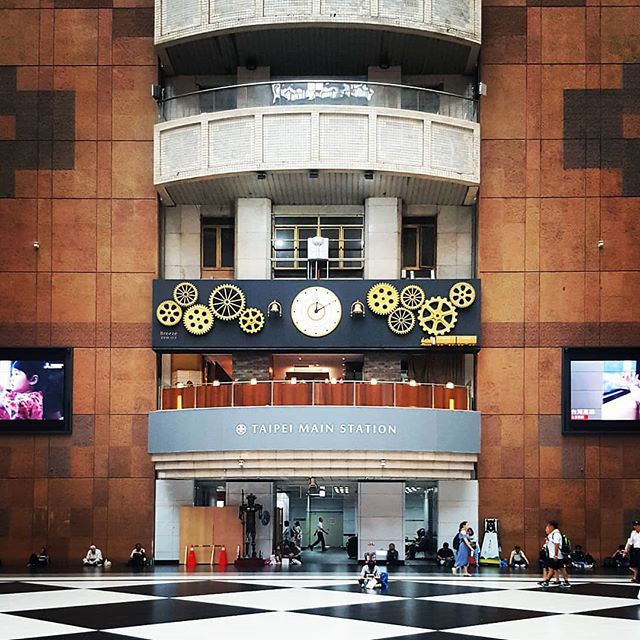
As one of the 三铁共構stations in Taiwan—in other words, a station that houses a local metro, the TRA regional railway, and the HSR network, Taipei Main Station was the natural starting point for my journey.
In addition to its function as the main transport hub of northern Taiwan, the station also serves as a landmark and a gathering point for many people. With its sprawling and distinctive terracotta-red façade, reminiscent of a traditional Chinese hall, Taipei Main Station is easily recognisable from afar, contributing to its iconic status.
More than a mere gathering point or transport origin, however, Taipei Main Station is also a historical site that sits atop sediments of Taiwanese rail history.
Taipei Main Station first opened in 1891 as the first rail station in Taipei; in 1897 a more permanent station was built just to the east of where the station is currently located.
The alleys and thoroughfares around Taipei Main Station play host to the earliest commercial streets and markets of Taipei, which sprung up around the time when its first incarnation was constructed in 1897. Therefore, I felt that it was worth my time not just to use the station as a springboard for my travels around Taiwan, but to explore its surrounding areas as well. Popping into a random shop, I was richly rewarded with steaming bowls of beef noodle soup and soy milk that were both cheaper tastier than those available at the station’s food court.
Pingxi Line
Houtong station
Construction of the 12.9-km-long Pingxi Line was completed in 1921; it was mainly used to transport coal mined from northeast Taiwan to the rest of the island. Even though the coal mining industry has since cooled down, the Pingxi Line is today preserved as a tourist line. With its slow, meandering journey through sites of natural beauty, it is little wonder why.

At Shifen, the train wanders through an idyllic village preserved in time, perhaps by the ethereal, other-worldly glow of the sky lanterns launched every night.
At Badouzi station, the train is a mere hair’s breadth away from the coast—so near that, with the windows down, you can smell the saline breeze and even feel the lash of the salt spray on a windy day.
At Lingjiao station, the train soars across the Keelung River and the Lingjiao waterfall.
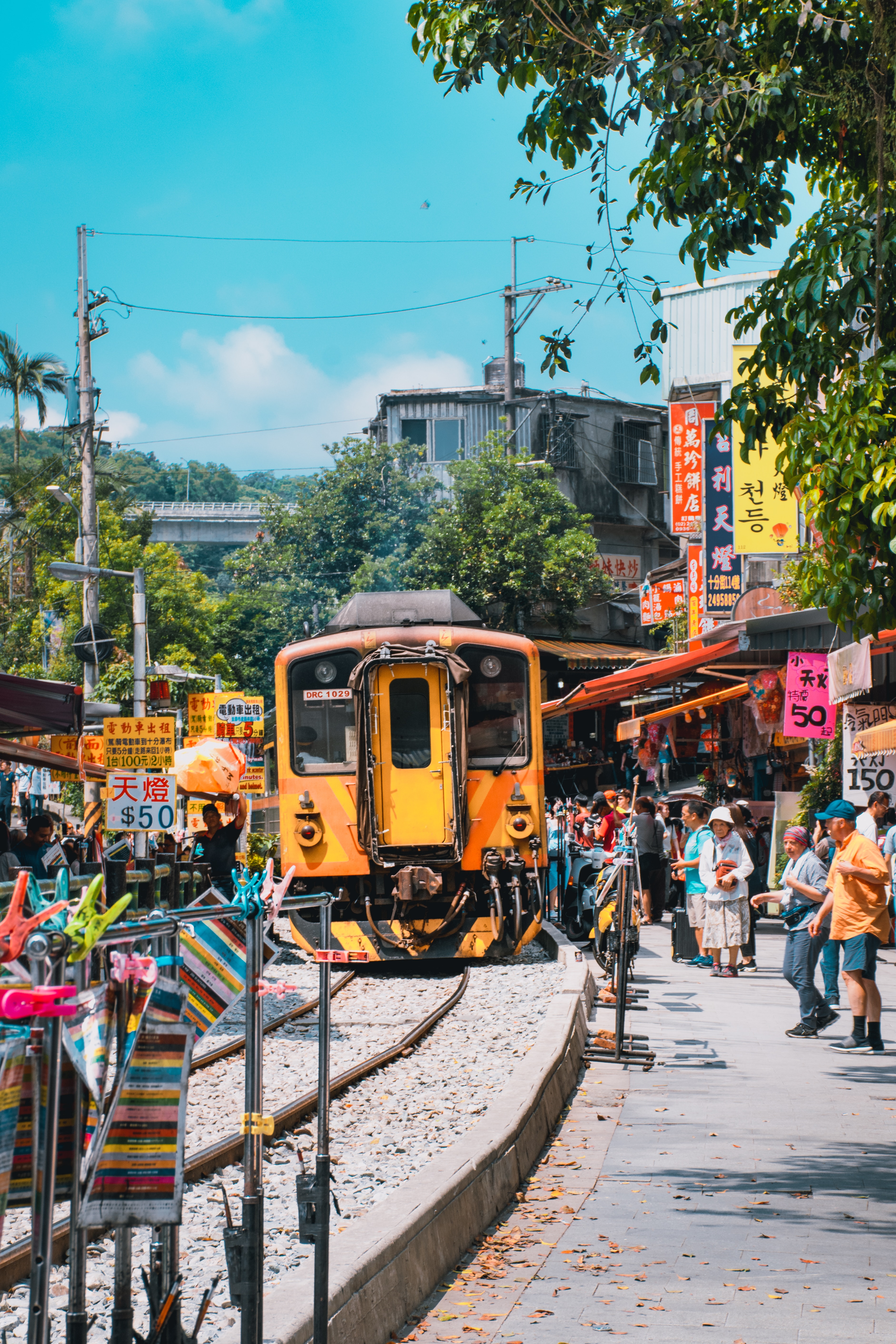

The highlight of my experience on the Pingxi Line, however, is Houtong. Houtong is home to hundreds of stray cats, and the village, once an abandoned mining town, has capitalised on the feline frenzy and reinvented itself as a tourist destination.
Undeniably, Houtong can at times feel kitschy, capitalistic, and exploitative—some shopkeepers even wear bands of cat ears on their head to attract customers—but when a shy cat stretching under the shade of a tree purred at me, and when a calico rubbed itself on my legs, I fell in love with the town all over again.
Jiji Line
Jiji station
Built in 1921 with a length of 29.7 km, the Jiji line is the longest and oldest tourist railway line in Taiwan. Like most tourist lines, Jiji line was originally built for industry use. In this case, the line was instrumental in the construction of a hydropower dam at Sun Moon Lake.
The eponymous Jiji station on the Jiji line was built in 1930. The station’s building was constructed entirely out of cypress, presumably harvested by the logging operations that were flourishing around the area. To make an understatement, cypress is not a cheap wood, so Jiji station holds the honour of being the most expensive and valuable station on the Jiji line.
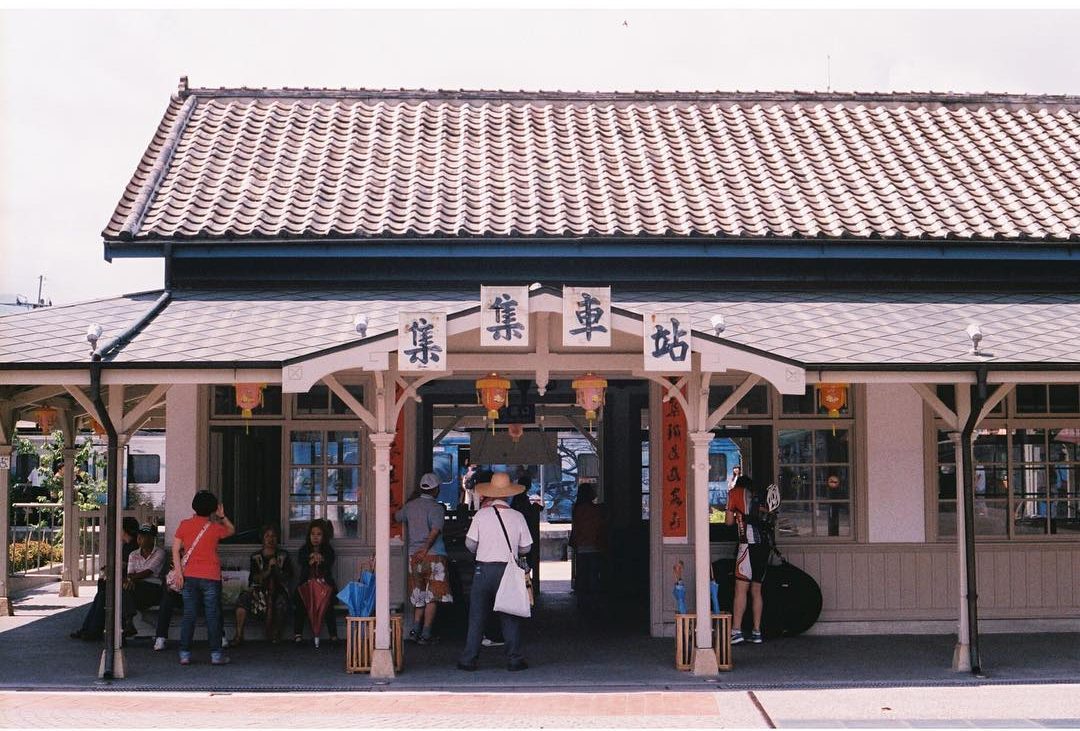
Unfortunately, the building collapsed during a devastating earthquake on 21 September 1999 (which also damaged the whole rail line badly). A replica of the original building was reconstructed in 2001.

I initially chose to visit Jiji station as I (inaccurately) thought that it was quaint and quiet, not knowing that it was one of the more popular stations on a popular tourist line. Still, the buzz of the crowd when I was there was nothing compared to an attraction like, say, Taipei 101, or Taroko Gorge, which contributed to the illusion that I have taken the train to a rural township perched at the edge of a primordial forest always threatening to swallow it again.
But the illusion of idyll is somewhat lost when I encountered lots of enterprising shops selling Jiji’s specialty snack, a curious banana wafer roll (think egg rolls or cigar biscuits but made with banana). For this crispy, banana-flavoured snack that I have never seen anywhere else in Taiwan, though, losing the illusion was worth it.
(Our train odyssey continues! Read Part 2 now.)
➯ Did you like this post? Pin it and share it with others!
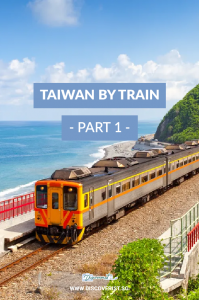

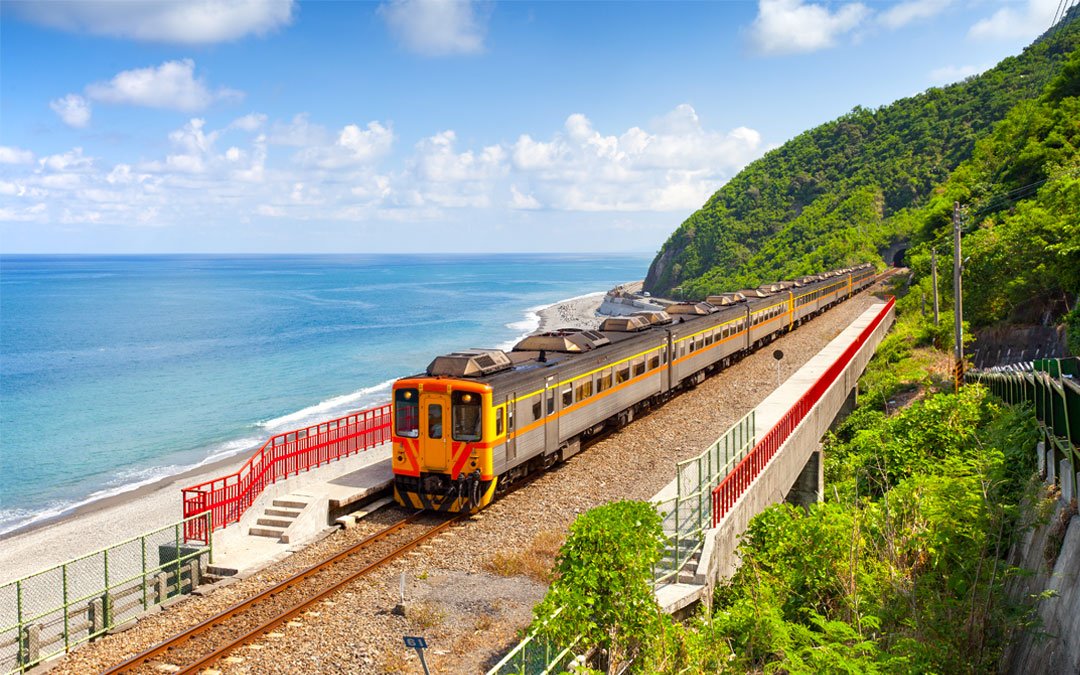



I love train trips but am too lazy to plan. Mind if you share your itinerary, whatever you can remember of it?
Hi Ann!
Thanks for reading! Basically we wanted to hit every train station on the network, so that’s what we did – over several days.
If any of these highlighted stations in our two posts (don’t forget to read Part 2) strikes your fancy, why not plan a trip around them?
It is wonderful and must be enjoyed.
I would love to visit Taiwan some day, and want to explore the state by train.
Very fascinating story with photographs makes it more fascinating to read .Congratulation.
Hi Birendra
Thank you, we’re so glad you enjoyed the story!
this blog is so fascinating and outline . astounding post keep considerably all the most ordinary . I’m so regarded in light of the fact that I have a love birds .
Expressing gratitude toward you !
I valuing you accommodating guidance for your family or spending will be affirmed for Travel .
Very very super.